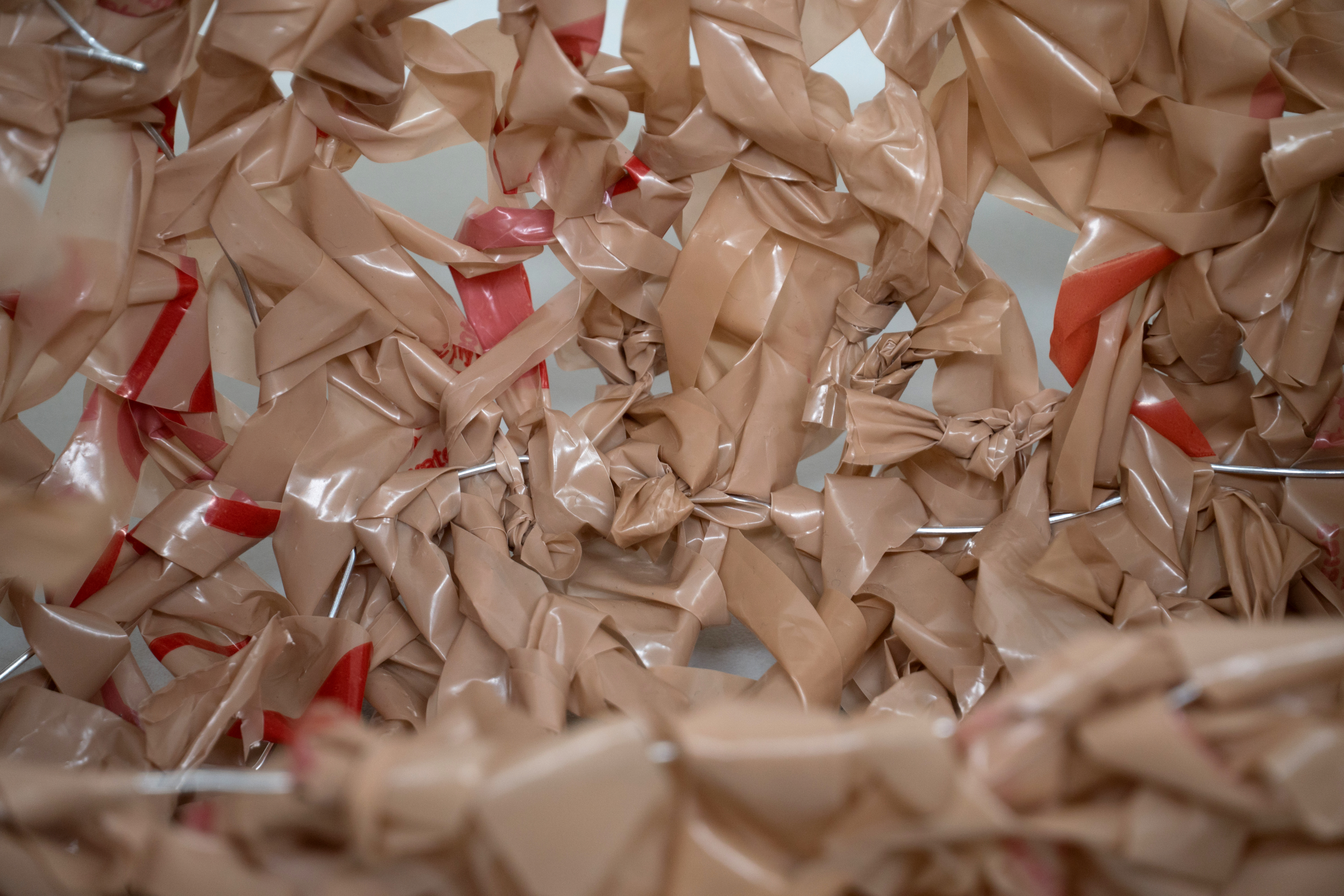April Ding
Its Food Your Food

We are forgettable people! Sometimes when we go grocery shopping, we just simply forgot to bring a reusable bag with us. When the cashier asks you, “Paper or plastic?”, you look over that pint of milk and picture it falling through the bag. “Plastic please,” said you guiltily. But you’re going to do that next time again, and eventually you will end up with a cabinet full of wreckled plastic bags hastily stuffed.
All these bags you used on daily basis ultimately end up in the ocean, one way or the other. I’m sure you’ve heard the phrase “plastic is bad” a million times already. You know what plastic is, but do you know what persistent organic pollutants are? Most likely no, so do you really know what plastic is and what it does?
Plastics can sorb toxic chemicals called persistent organic pollutants (POPs), which enters the food web and are passed from preys to predators. Photodegradation and wave action on plastic marine debris create microplastics which marine organisms mistake for food. POPs are not water-soluble and break down slowly, but highly lipid-soluble, which allows them to pass through cell membranes, build up in the fatty tissues and stay there for long periods of time. POPs can affect the healthy development of body systems, cause behavioral abnormalities and birth defects. The predators ingest the POPs that have accumulated in each prey, thus the animals at the top of the food chains are the most affected due to biomagnification. Since the 1960s, plastic production has increased by approximately 8.7% annually, evolving into a $600 billion global industry. Approximately eight million metric tons of plastics enter the oceans annually, and conservative estimates suggest 5.25 trillion plastic particles currently circulate in ocean surface waters. While some plastics enter oceans from maritime operations, 80% is suspected to originate from land-based sources. Discarded plastic materials enter the marine environment as trash, industrial discharge, or litter through inland waterways, wastewater outflows, and transport by winds or tides. Waste generation and waste leakage are inextricably linked and proportionally associated with economic development, local infrastructure, and legislation. Today, uncollected waste accounts for 75% of these land-based discharges, while the remaining 25% comes from within the waste management system.
When plastics are exposed to natural forces like sunlight and wave action, plastics will degrade into microplastics—defined as plastic particles under 5 mm in size. Over time, plastic particles contaminate the marine ecosystem and the food chain, including foodstuffs intended for human consumption. In vivo studies have demonstrated that nanoplastics can translocate to all organs. Evidence is evolving regarding relationships between micro- and nanoplastic exposure, toxicology, and human health. The fact that there are microplastic in human body should alert the consumers of their habits that are causing this to happen.





previous
next
